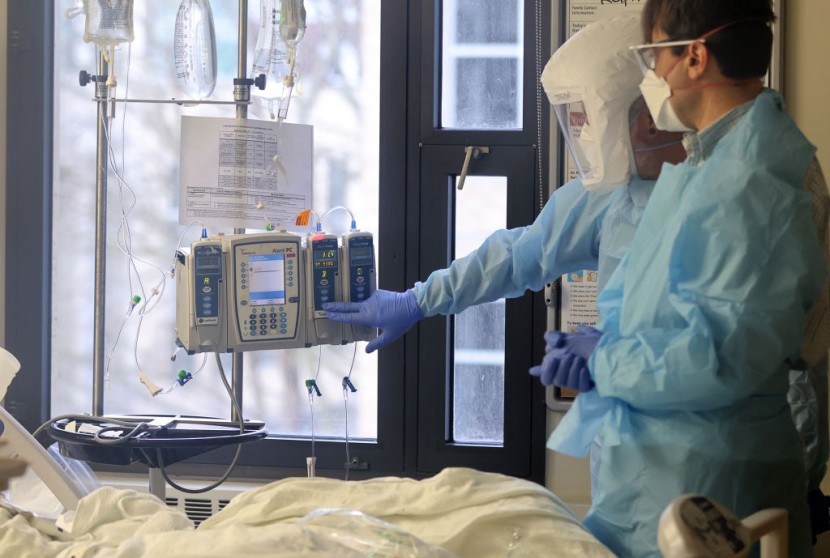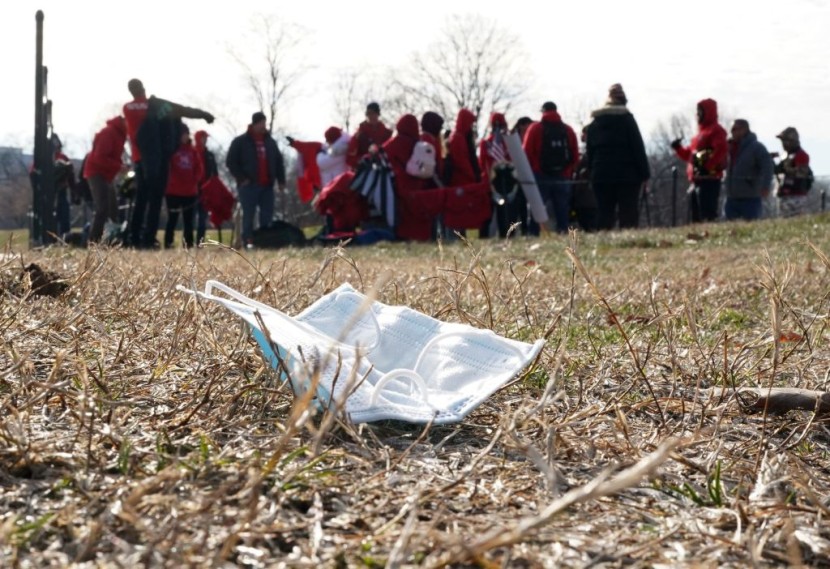

"Flurona" is a term coined to describe the condition of being infected with COVID-19 and the flu simultaneously, which alarms many people as COVID-19 cases continue to surge due to the Omicron variant.
On the other hand, medical professionals point out that flurona is neither a new disease nor a new COVID-19 variant. The flu virus and the COVID-19 virus belong to two separate virus families. Scientists are unconcerned that the two viruses may combine and form a new virus, per ABC.
According to Dr. Ellen Foxman, an immunologist at the Yale School of Medicine said, the term "flurona" is not popular with scientists. She even calls the term misleading because there is a scientifically correct term for it: "coinfection."
"The contractions like 'flurona,' I think they're very misleading to people. It presents the idea two viruses have somehow merged into one, which is not at all the case, Somebody got a coinfection. People get coinfections all the time," she said.
What Will Happen If You Get Two Viruses?
According to researchers, when someone gets coinfection, there are three possible outcomes.
One possibility is the interaction will have little or no effect. The other option is that the viruses could attack at the same time, causing severe damage, according to Dr. Guy Boivin, a clinical virologist at Laval University in Quebec City,
According to Foxman's findings, a recent common cold infection caused by rhinoviruses could block the virus that causes COVID-19 from replicating. Common rhinoviruses are generally harmless to most individuals and cause an almost quick interferon response, per NBC.
Interferon is "a protein released by animal cells, usually in response to the entry of a virus, which has the property of inhibiting virus replication," according to the Oxford Dictionary.
But Foxman advised that one should not deliberately get a cold infection to avoid getting COVID-19.
Learning more about viral interference, according to the researchers, could help prepare for future pandemics and can assist public health experts in determining when preventive measures should be implemented.
Keep Ourselves Protected
In an interview with CNN, Nadav Davidovitch, Director of the School of Public Health at Ben-Gurion University in Israel, there is the possibility that an individual will be infected with both influenza and COVID-19 since both virus now is highly active.
Davidovitch, a member of the Israeli National Advisory Committee on COVID-19, cautions that cases are expected to surge as society opens up.
According to the World Health Organization, both influenza and COVID-19 are respiratory diseases that exhibit similar symptoms like runny nose, cough, sore throat, headache, fatigue, and fever. They are also spread via aerosol and droplets when infected people sneeze, breathe, speak, or cough.
Dr. Adrian Burrowes, a family medicine physician and assistant professor of family medicine at the University of Central Florida, warned the public that having COVID-19 and the flu simultaneously could damage the immune system severely. He said that having coinfection of the coronavirus and influenza could result in a "higher rate of mortality."
He believes that more people need to get vaccinated to help protect healthcare systems, such as implementing other precautions to secure high-risk individuals, the elderly, and those with chronic conditions.
The WHO recommends the public to practice proven-effective protective measures against COVID-19 and the flu: regular washing of hands, social distancing regularly, isolating, and opening windows and doors for proper ventilation.
Related Article: New Jersey Reports Over 8,000 New COVID-19 Cases, 13 Deaths Following a Surge in Omicron Cases; Majority of Residents Remain Unvaccinated
© 2026 HNGN, All rights reserved. Do not reproduce without permission.







